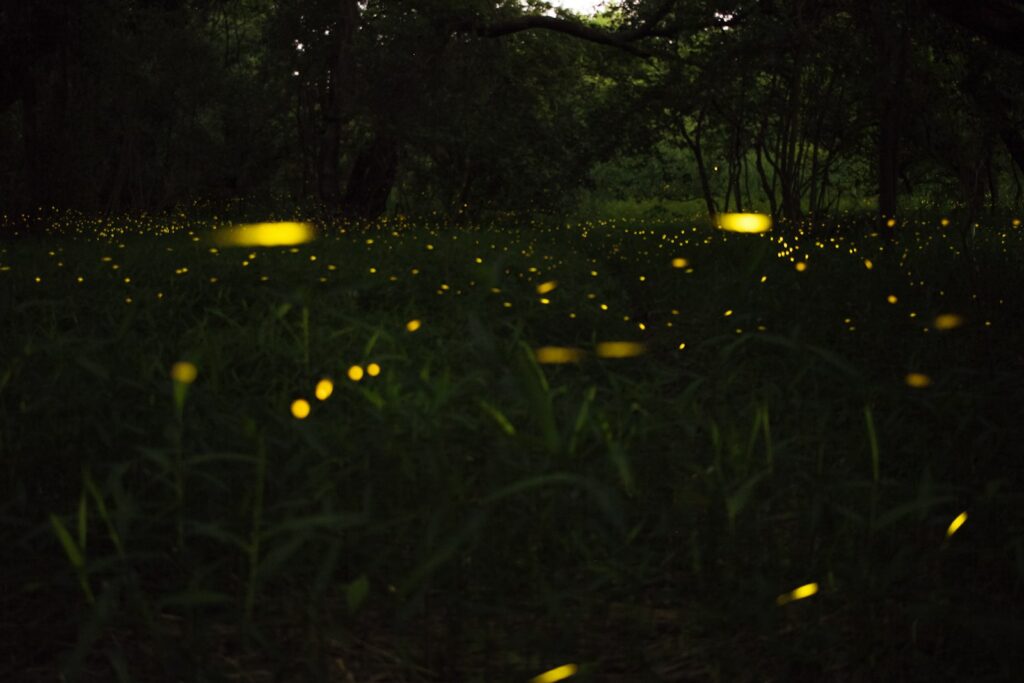Nature has blessed our world with countless wonders, but few are as enchanting as insects that can produce their own light. Among these bioluminescent creatures, fireflies stand out as nature’s living Christmas lights. Their ability to transform darkness into a magical light show has captivated humans for centuries. From scientific curiosity to cultural symbolism, these glowing insects have earned a special place in our understanding of the natural world. Their chemical light production represents one of evolution’s most fascinating adaptations, allowing these small creatures to communicate, find mates, and even defend themselves in the darkness of night.
The Science Behind the Glow
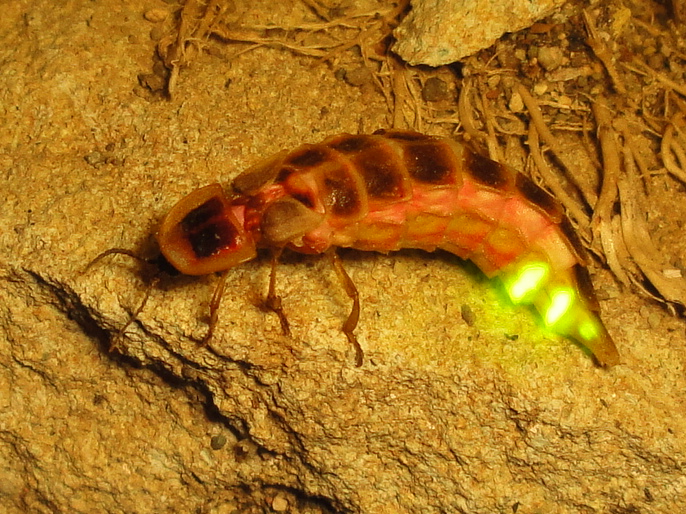
Fireflies produce light through a process called bioluminescence, which occurs in specialized cells within their abdomens called photocytes. This remarkable chemical reaction involves an enzyme called luciferase that acts on a compound called luciferin in the presence of oxygen, ATP (adenosine triphosphate), and other substances. When these components combine, they create an excited state that releases energy in the form of light rather than heat, making it an incredibly efficient light source with nearly 100% of energy converted to illumination. This cold light production is far more efficient than human-made light sources, which typically lose significant energy as heat. The firefly can control this reaction precisely, allowing it to flash its light in specific patterns unique to its species.
Not Just Fireflies: The Family of Light-Producing Insects
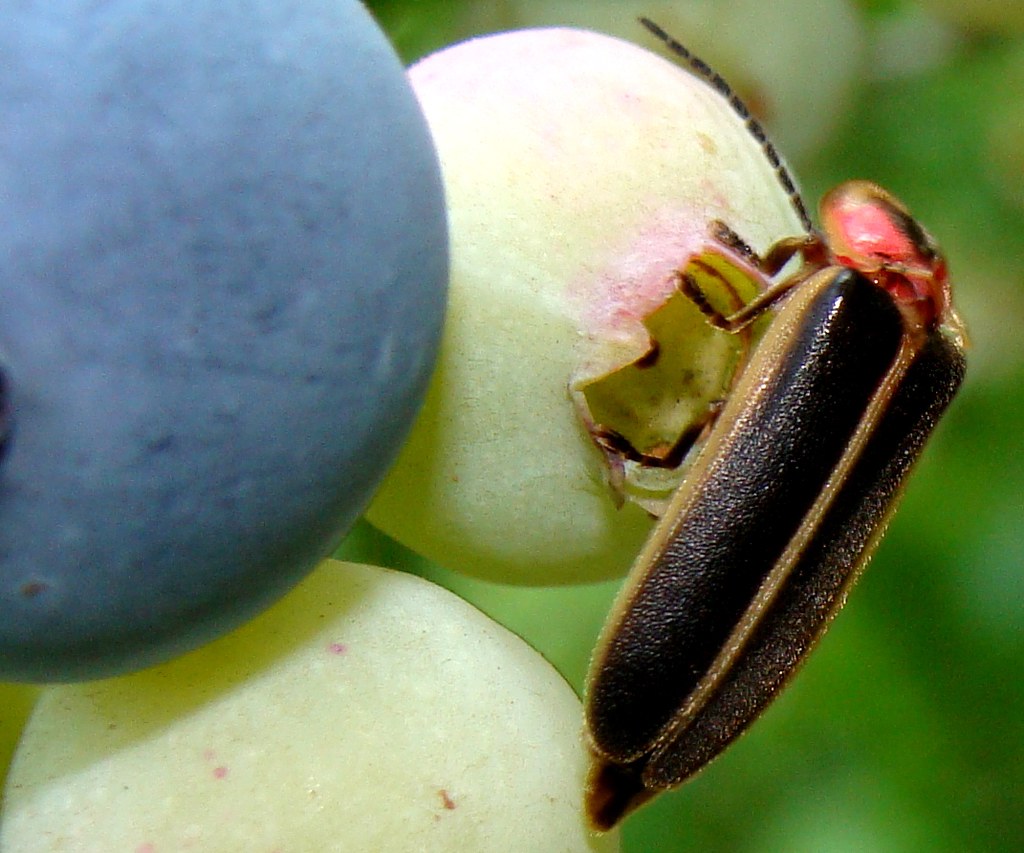
While fireflies (family Lampyridae) are the most famous light-producing insects, they’re not the only ones with this fascinating ability. Another notable group is the click beetles of the Elateridae family, particularly the genus Pyrophorus, commonly known as fire beetles or headlight beetles. These remarkable insects have two glowing spots on their thorax that resemble headlights, plus sometimes an additional light-producing area on their abdomen. The railroad worm (actually beetle larvae of the genus Phrixothrix) features an astonishing array of lights—red ones on the head and greenish-yellow ones along the body segments, creating a train-like appearance. Additionally, certain glow-worms (which are actually beetle larvae or adult female beetles depending on the species) can illuminate cave ceilings with their mesmerizing blue-green light, creating natural displays that attract tourists to places like New Zealand’s Waitomo Caves.
Firefly Communication: The Language of Light

Fireflies use their bioluminescent abilities primarily for communication, especially during mating rituals. Each species has evolved its own unique flash pattern, serving as a biological identifier that helps males and females of the same species find each other in the darkness. Males typically fly around flashing their specific pattern, while females respond with their own coded flashes from perches on vegetation. This light-based conversation represents one of nature’s most elegant examples of visual communication. In some species, the timing, duration, and number of flashes are precisely calibrated, with females preferring males who can produce stronger, more regular patterns. This flash-based courtship has evolved over millions of years and remains one of the most effective ways for these nocturnal insects to ensure successful reproduction.
The Femme Fatale: Deceptive Light Signals
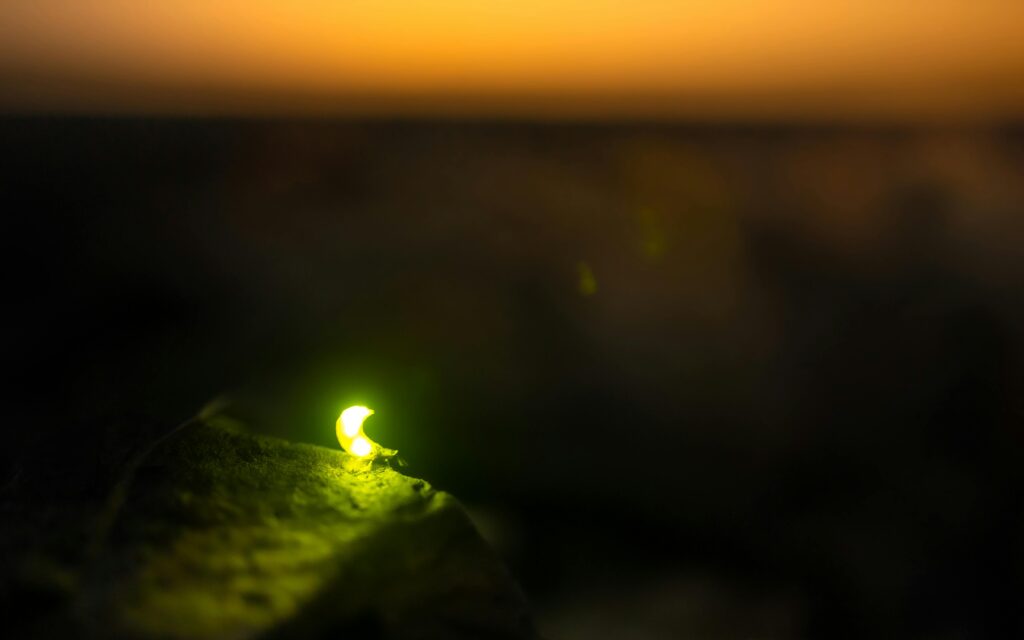
Nature often has a darker side, and bioluminescent insects are no exception to this rule. Some female fireflies of the genus Photuris have evolved a deceptive hunting strategy using their light-producing abilities. These “femme fatale” fireflies can mimic the flash patterns of females from other firefly species, luring unsuspecting males looking for a mate. When the male of another species approaches, expecting to find a compatible mate, the predatory female captures and consumes him. This remarkable form of aggressive mimicry provides the predatory female with not just nutrition but also specific defensive chemicals called lucibufagins that the males contain. These compounds make the female unpalatable to predators like spiders and birds, providing her with chemical protection she cannot produce herself. A fascinating example of how deception and predation have evolved within the light communication system of these insects.
Global Distribution: Where to Find Nature’s Light Show
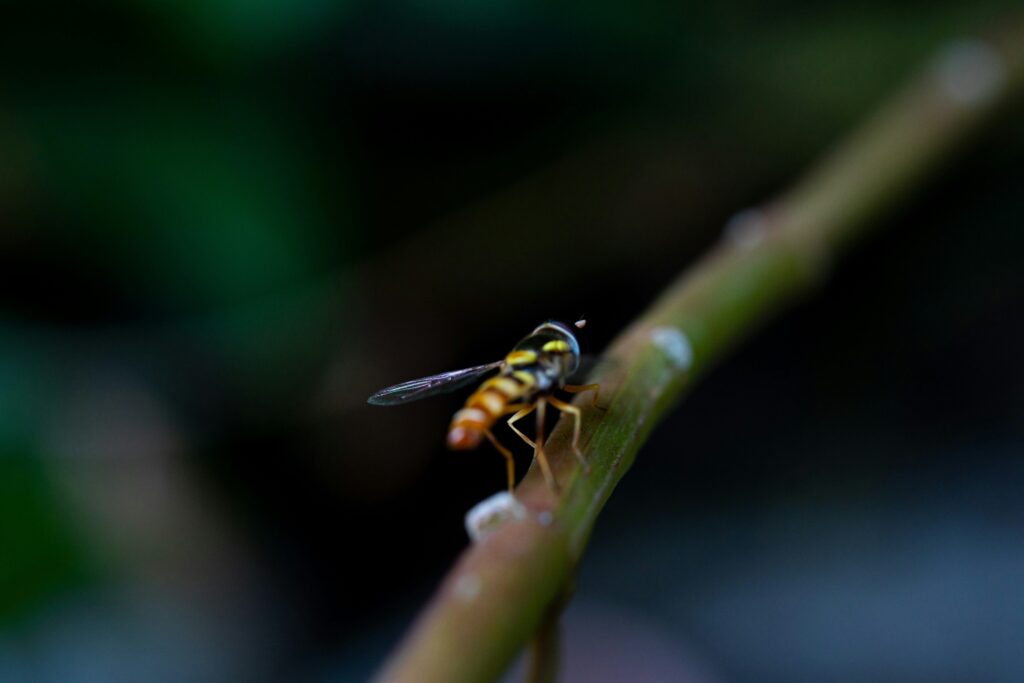
Light-producing insects can be found on nearly every continent except Antarctica, though their distribution and diversity vary widely by region. North America boasts approximately 170 species of fireflies, with particularly spectacular displays in the eastern United States in places like the Great Smoky Mountains National Park, where synchronous fireflies create breathtaking coordinated light shows. Southeast Asia is home to some of the most remarkable firefly displays, particularly in the mangrove forests of Malaysia and Thailand, where thousands of fireflies synchronize their flashing on trees along riverbanks. Japan celebrates its genji-botaru (Luciola cruciata) fireflies with annual festivals, as these insects are culturally significant and considered harbingers of summer. While Europe has fewer firefly species, the glow-worm (Lampyris noctiluca) creates beautiful displays in countries like the United Kingdom, where the flightless females emit a sustained glow to attract flying males during summer evenings.
Synchronous Fireflies: Nature’s Light Orchestra
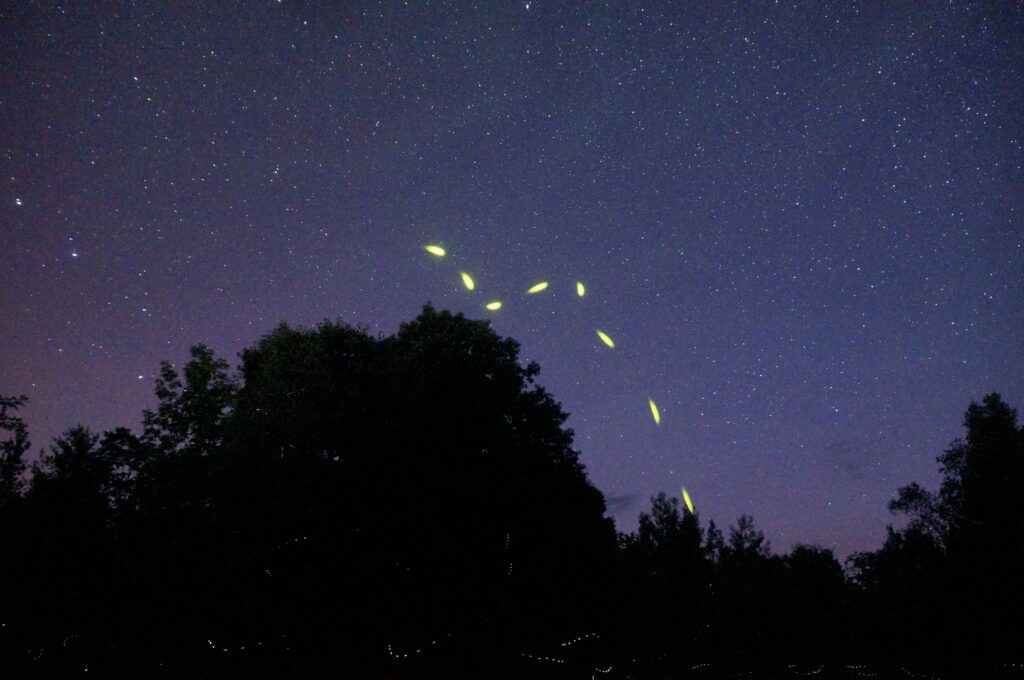
Among the most spectacular bioluminescent displays in nature are those created by synchronous fireflies, which can coordinate their flashing to create waves of light across an entire forest. This phenomenon occurs in only a handful of firefly species worldwide, with Photinus carolinus in the Great Smoky Mountains and Pteroptyx malaccae in Southeast Asia being prime examples. These synchronized light shows happen when thousands of male fireflies flash in unison, creating rhythmic pulses of light that sweep through the forest like a silent biological orchestra. Scientists believe this synchronization likely evolved to help females better identify males of their own species amid the visual noise of multiple firefly species flashing simultaneously. The mechanism behind this coordination involves a combination of individual fireflies adjusting their timing based on the flashes they observe from neighbors—a form of emergent behavior where individual insects respond to local cues to create a coordinated display across an entire population.
Light Colors: Beyond the Yellow-Green Glow

While many people associate fireflies with a yellowish-green glow, these remarkable insects can actually produce light in various colors depending on the species and habitat. North American fireflies typically emit yellow, green, or yellow-green light, which is ideal for visibility in the forested environments where they live. Some Asian species produce blue light, which travels more effectively through the dense tropical forests of their habitat. The railroad worm beetle larva displays an extraordinary dual-color system, with red light-producing organs on its head and greenish lights along its body—one of the few organisms capable of producing multiple colors. The color differences result from variations in the chemical structure of the luciferin molecule or the environment within the light organ itself, including factors like pH levels that can influence the wavelength of emitted light. This variety of bioluminescent colors has evolved to optimize visibility in different environments and to help species distinguish their own kind from others.
The Developmental Journey of Light Production

The ability to produce light appears at different stages in a firefly’s life cycle, with fascinating variations across species. In many firefly species, even the eggs glow dimly when disturbed, providing an early defensive mechanism against predators. Firefly larvae, often called “glowworms,” are typically luminescent and use their light to warn predators of their unpalatable taste, as they contain defensive chemicals. These soil-dwelling larvae often feed on snails, slugs, and worms, using their bioluminescence while hunting in the dark, damp places where they live. As fireflies undergo metamorphosis and emerge as adults, their light-producing organs become more sophisticated, developing into the precisely controlled flash systems used for mating communication. This developmental progression of light production showcases how a single adaptation can serve multiple purposes throughout an insect’s life—from defense in vulnerable early stages to complex communication in adulthood.
Threats to Bioluminescent Insects

Despite their magical appearance, light-producing insects face numerous threats that have led to concerning population declines worldwide. Habitat loss remains one of the greatest challenges as urbanization, agriculture, and development destroy the meadows, forests, and wetlands where these insects breed and feed. Light pollution from artificial lighting disrupts firefly communication patterns, making it difficult for males and females to find each other during mating rituals, with studies showing that bright artificial lights can suppress firefly flashing behavior entirely. Pesticide use in agriculture and lawn care introduces toxic chemicals that can directly kill fireflies or eliminate their prey species. Climate change adds another layer of stress by altering temperature and precipitation patterns that influence development timing and synchronization of mating displays. Conservation efforts are increasingly focused on creating dark sky reserves, restoring habitat, and educating the public about reducing chemical use in areas where these vulnerable insects still thrive.
Cultural Significance Around the World

Light-producing insects have illuminated not just the night but human cultures worldwide, appearing in folklore, art, literature, and spiritual traditions. In Japan, fireflies (hotaru) symbolize the souls of the dead and are deeply connected to summer traditions. Firefly viewing festivals (Hotaru-gari) have been celebrated for centuries and referenced in classical Japanese poetry. Chinese culture has similarly revered fireflies, with ancient texts describing how scholars would collect them in transparent containers to read by their light—a poetic image of determination to pursue knowledge despite poverty. Native American traditions often feature fireflies in creation stories and as symbols of guidance and enlightenment. In various parts of Latin America, fireflies are sometimes associated with the spirits of ancestors watching over the living. These cultural connections demonstrate how these luminous insects have sparked human imagination across continents, becoming powerful symbols of transcendence, spiritual guidance, and the ephemeral beauty of life.
Technological Inspiration: Bioluminescence in Science
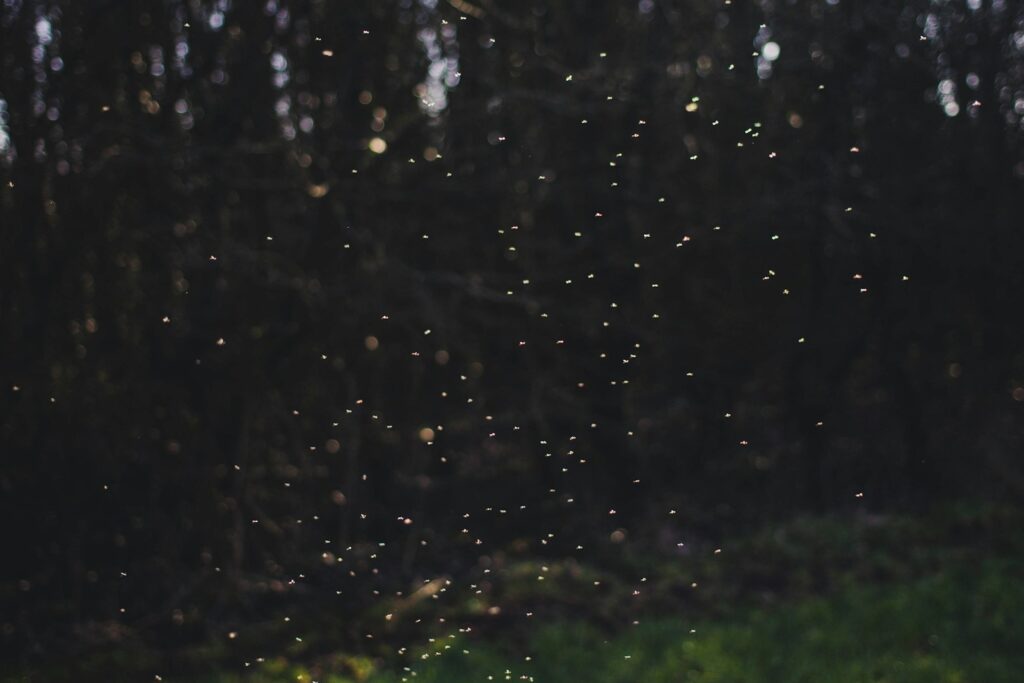
The remarkable efficiency of firefly light production has inspired scientists to develop technologies that mimic or utilize similar principles. Medical researchers have adapted the luciferase-luciferin reaction as a powerful tool in biomedical testing, genetic research, and cancer studies, where it allows scientists to track cellular processes that would otherwise be invisible. Engineers studying bioluminescence have developed more efficient lighting systems that produce less heat and consume less energy than traditional bulbs, potentially contributing to sustainable lighting solutions. Some automotive manufacturers have explored designs inspired by firefly light production to create vehicle lighting systems that optimize visibility while minimizing energy consumption. Perhaps most fascinating is the emerging field of bioluminescent plants, where scientists are working to engineer vegetation that could one day provide sustainable lighting for urban areas—street trees that glow at night, reducing electricity consumption and light pollution, while creating magical cityscapes inspired by nature’s own light show.
Photographing the Living Lights
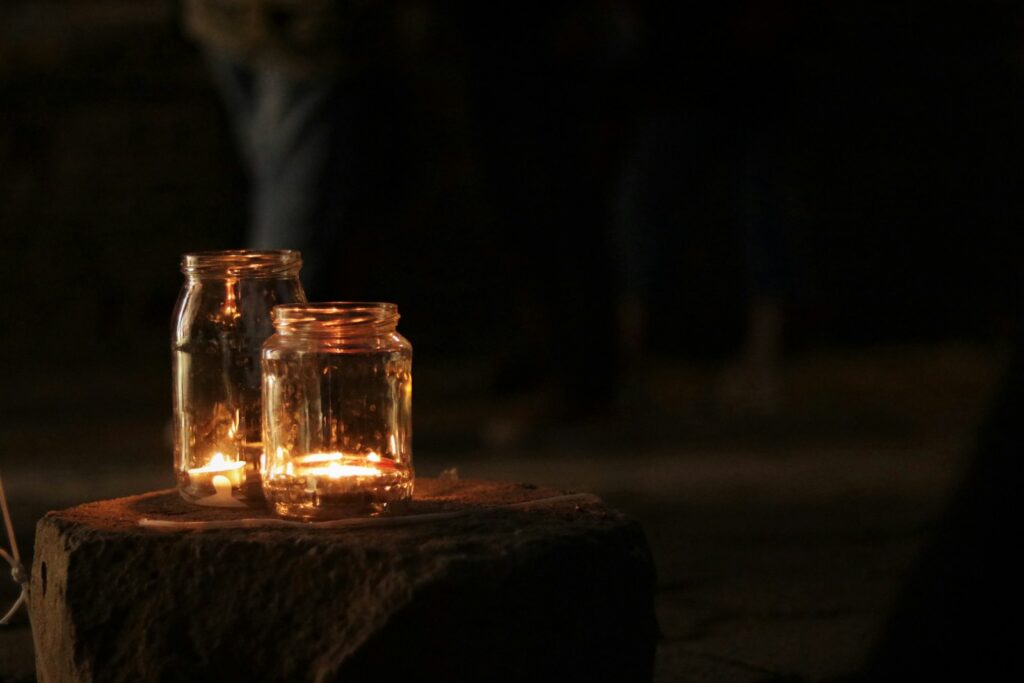
Capturing the ethereal glow of fireflies and other bioluminescent insects presents unique challenges and rewards for photographers. The primary difficulty lies in balancing the exposure between the faint insect lights and the surrounding environment, requiring technical expertise with long exposure settings, appropriate ISO levels, and wide apertures. Successful firefly photography typically requires extensive planning, including researching peak seasons (usually late spring to early summer in temperate regions) and scouting locations with healthy firefly populations away from light pollution. Time-lapse photography has become a popular technique for capturing the cumulative effect of many fireflies, creating star-trail-like images of light paths as the insects move through the frame over minutes or hours. The most spectacular firefly photographs often come from locations with synchronous species, where photographers can capture waves of synchronized flashing across entire landscapes—images that seem almost otherworldly in their beauty and have helped raise awareness about the conservation of these magnificent insects.
Keeping Fireflies in Your Garden

Creating a firefly-friendly garden is one of the most effective ways individuals can support these enchanting insects and potentially enjoy their light displays. The foundation of any firefly habitat begins with eliminating or severely reducing pesticide and herbicide use, as these chemicals can directly harm fireflies and eliminate their prey. Maintaining unmowed areas with taller grasses and native wildflowers provides essential habitat for both larvae and adults, while fallen leaves and natural debris offer protected spaces for larvae to develop. Water features like small ponds, rain gardens, or even consistently damp areas attract the slugs and snails that many firefly larvae feed upon, completing the ecological support system. Perhaps most importantly, minimizing outdoor lighting during firefly season allows their natural light displays to occur, unimpeded by artificial light that can disrupt their communication. By implementing these practices, homeowners not only support firefly conservation but may be rewarded with the magical experience of watching these living lights transform their gardens into enchanted spaces on summer evenings.
Conclusion
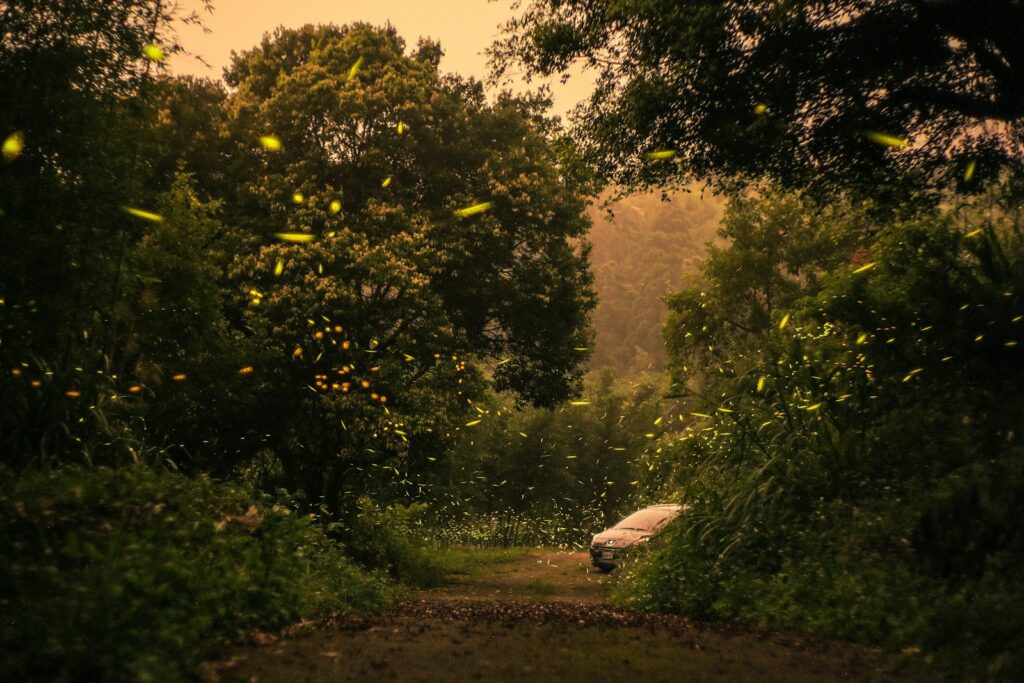
The bioluminescent insects that light up our world represent one of nature’s most captivating phenomena. Their ability to create light through biochemical processes has evolved into sophisticated communication systems, defense mechanisms, and hunting strategies. From the synchronized flashing of fireflies in the Great Smoky Mountains to the glowing ceilings of New Zealand’s glow-worm caves, these living lights continue to inspire wonder, scientific discovery, and cultural significance worldwide. As we face growing environmental challenges that threaten these illuminated insects, understanding and protecting them becomes not just a scientific imperative but a way of preserving one of nature’s most magical displays. By supporting conservation efforts and creating firefly-friendly environments, we can help ensure that future generations will still experience the wonder of watching forests and fields transform into natural Christmas displays on summer evenings—living proof of nature’s boundless creativity and enduring magic.

